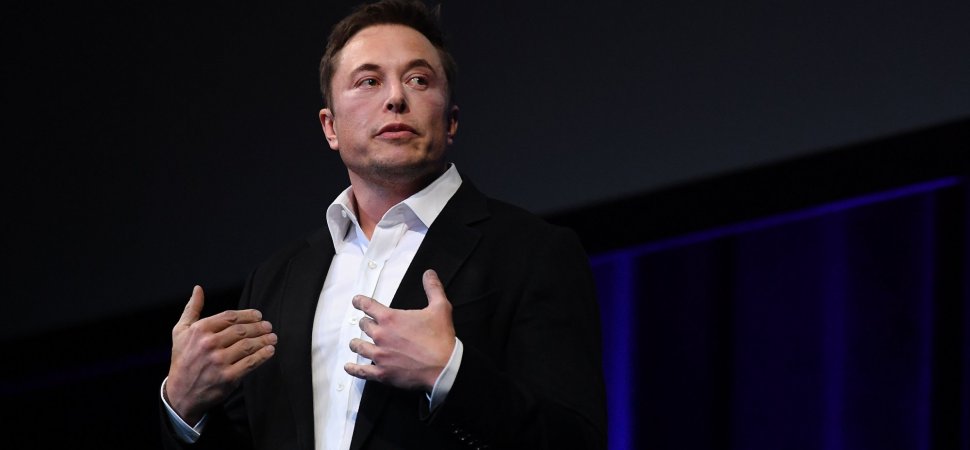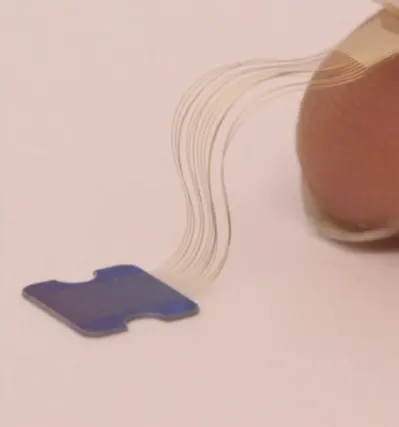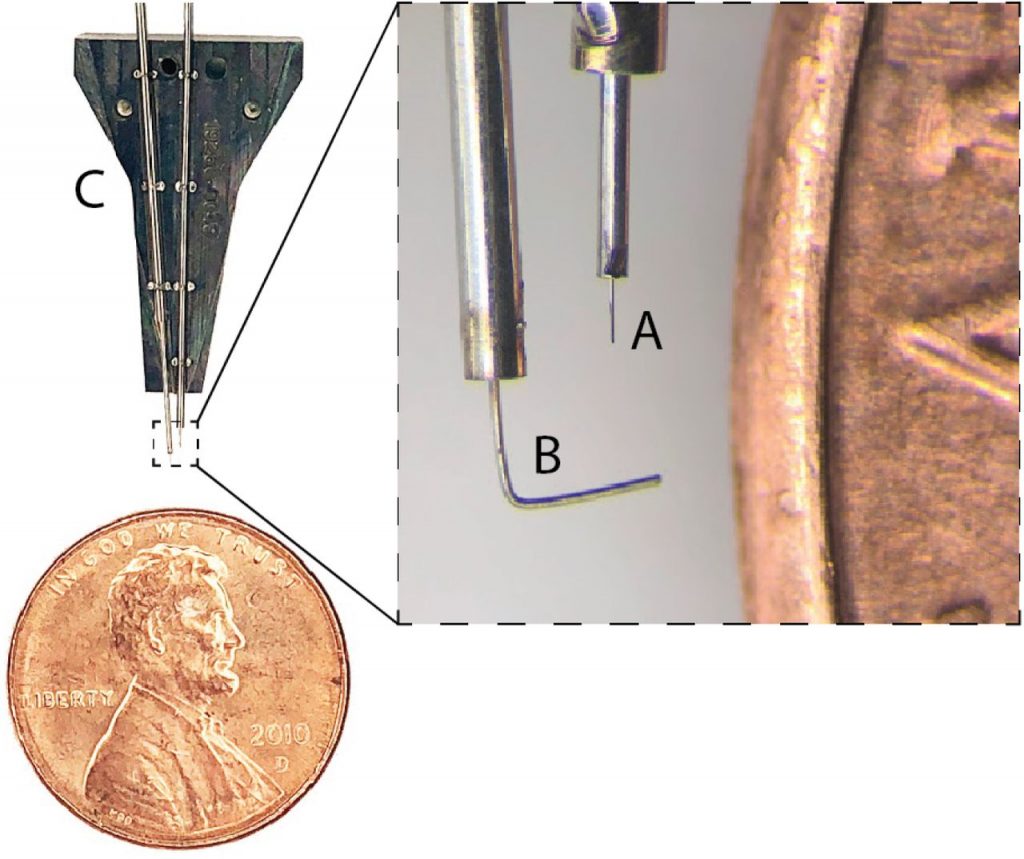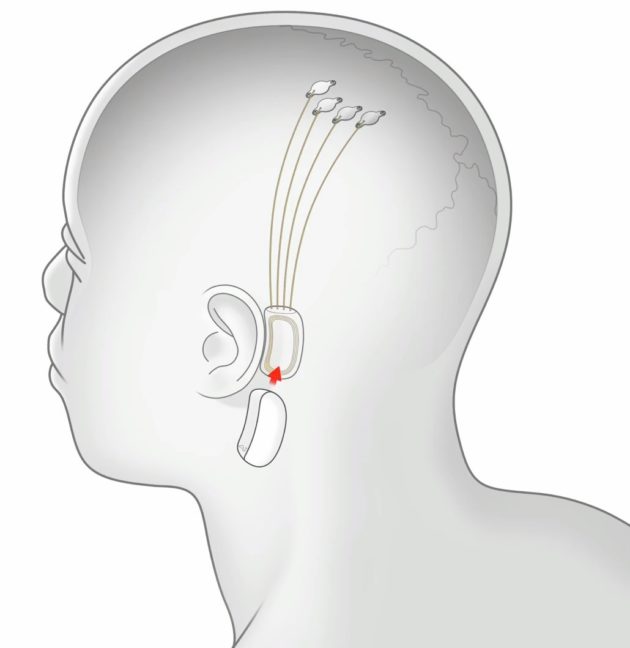Neuralink, a start-up co-founded in 2016 by Elon Musk, held its first public event on 16 July to showcase the development of their new technology, which will serve as a means to help treat brain disorders. Musk led the event in its prologue, during which attendees were met with a few great jokes.
As Musk introduced the event, we got a lengthy look into what Neuralink has been developing over the last two years. Neuralink’s mission is essentially to record data from the brain by implanting what they are calling the N1 chip into a patient’s brain, who may have conditions such as autism or dementia, with the goal of using this data to help treat brain disorders. During the event, Musk stated, “brain ailments of all kinds can be solved with the chip.”

Musk explained that the chip uses “threads”, which are super-thin electrodes. With new technology, Neuralink are able to fit 1024 of these electrode threads onto one chip and implant that chip into the brain, recording the activity of one or more neurons. Each time a neuron fires, they are said to “achieve an action potential” in the medical field, and it is these action potentials that are detected and recorded by the N1 chip. “Everything we perceive, feel, hear, and think is all action potentials,” Musk said. Musk wants to insert four of these N1 chips into the human head, amounting to over 4000 electrodes in the brain, believing that it may even be feasible to insert ten N1 chips, though this is to yet be confirmed.

The research that Neuralink has conducted is a significant breakthrough in neurosurgical technology. Deep brain stimulation is currently the only FDA-approved neurosurgical procedure, which can record the activity of around 100 neurons at once. This is achieved by inserting two metal rods deep into the brain, though the size of these rods consequently increases the likelihood of tissue damage in the brain. Neuralink’s tech abandons long rods in favour of precisely inserting these numerous threads into the brain, thereby minimising damage to the brain since the many small threads displace significantly less brain tissue than existing methods, and also leaving little to no scarring on the cranium. Musk compared the installation procedure to that of LASIK (laser eye surgery).
Safety is a fundamental concern for Neuralink, Musk explained. Max Hodak, president of the company, said that the implants need to be something that can be lived with on a day-to-day basis. The procedure will be relatively simple for a patient to undergo, as Neuralink has created a human-assisted robot in-house that is able to perform the surgery in just a few hours, without shaving hair from a patient’s head. The company wishes to seek FDA approval in the US as soon as possible, so that the first use of the technology in humans is achieved by the end of next year.

The N1 chip is housed inside a cylinder, 8mm in diameter and 4mm tall, with each of its threads being around 2 microns (millionths of a meter) thick, which is about as thick as neurons themselves, and around 10% as thick as the average human hair. They are incredibly small devices that must be installed with extreme precision, and as such, only “patients with serious medical needs” will initially be permitted to use the technology.
The device ought to have a decades-long lifespan and be easy to access, easy to live with. The chip is designed to be self-sufficient — no routine appointments with doctors are required to analyse the data that the chip has gathered. Everything can be controlled and accessed from the “Link”, a small, external, removable device which magnetically attaches to the head behind the ear, similar to a hearing aid. A smartphone app interfaces with the Link device, collecting readings and sending instructions to the N1 chips to induce neural activity.

Dr Matt MacDougall, head neurosurgeon at Neuralink, stated, “I have been humbled in practice by how powerless we are to treat many of the most debilitating neurological diseases.” Neuralink hopes to treat an array of brain disorders with the N1 chip; “I work with Neuralink to solve some of these issues,” MacDougall said. Neuralink will hopefully provide experts in the field with valuable data on how these brain disorders work on a much wider scale.
